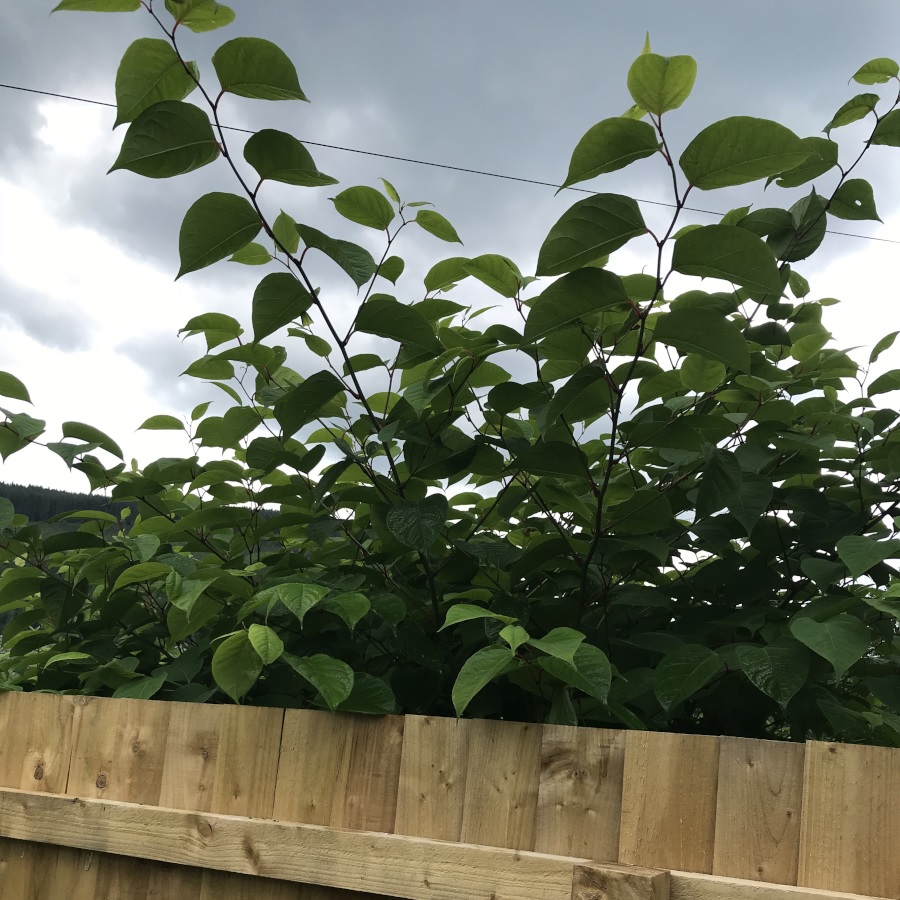
A Japanese knotweed management plan (JKMP) is a document that details the extent and severity of a Japanese knotweed infestation, assesses risk, and lays out a recommended strategy for treatment or removal of the plant.
When buying or selling a property that's affected by Japanese knotweed, it is common for lenders to demand a JKMP from a qualified specialist.
A Japanese knotweed management plan typically includes:
1. General information about the property
For recording and reference, it's integral that the management plan includes general information about the infested property or area. This part of the plan includes:
- Address and location of the property
- The name of the surveyor
- Date of the survey and the report
- Reason for the survey
In addition to this, the report will detail the current status of the property and a brief description of the knotweed infestation in regard to the property's planning to ensure the affected areas are known.
2. Evidence of contamination
This part of the management plan outlines whether the contamination was found on-site or off-site, along with the following details:
- Location
- Access points
- Contamination area (on-site or off-site)
- Growth type (mature, immature or peppered)
- Average stem height
- Visible growth area
- Proximity to habitable space
- Proximity to water
- Description of any visible damage
By noting down this information, the Japanese knotweed specialist will be able to assess the damage of the infestation and put together a suitable resolution for control and maintenance, or removal.
3. RICS category identification
The next part of the Japanese knotweed management plan uses RICS categories 1 - 4 to classify the impact of the infestation.
In response to problems posed by Japanese knotweed, the Royal Institution of Chartered Surveyors (RICS) developed an extensive assessment framework for surveyors to reference when inspecting an infested property. These categories are also used to evaluate the effect that Japanese knotweed may have on nearby structures, which is a factor in determining removal price and severity.
CATEGORY ONE: Japanese knotweed was not seen at the property. It was seen on neighbouring property/land, but it is more than seven metres away from the property boundary.
CATEGORY TWO: Japanese knotweed can be seen within seven metres of the property boundary but it is more than seven metres from any habitable spaces.
CATEGORY THREE: Japanese knotweed was found on the property, but it was more than seven metres from habitable spaces. Only minor damage to walls, paths, etc.
CATEGORY FOUR: Japanese knotweed was found within seven metres of a habitable space and/or has caused serious damage to outbuildings, paths, walls, fences, etc.
4. Treatment recommendation
In this section of the management plan, the removal company will outline the options available for Japanese knotweed control. There are many treatment options available, including:
- Herbicide treatment
- Stockpiling
- Screening
- Rhizome fragmentation
- Burial
- Root barrier
- Landfill
Whilst there are many options available, some of these options may not be suited to your property. This is because there are certain variables that may determine whether your property is suitable for specific treatments, including the spatial limitations of your site and any accessibility issues.
After detailing the treatment options, your Japanese knotweed specialist will outline the affected area and recommend a course of treatment that they believe is best suited to your property, whilst also explaining their reasoning and evidence for this choice.
5. FAQs and costs
Finally, a good Japanese knotweed management plan will try to answer any questions the client is likely to have and give definitions for specialist, subject-specific terms to make the report more accessible.
In addition to this, a treatment schedule should be provided, complete with application dates, monitoring periods, and a quote for the entire treatment and relevant payment plans.
Looking for Japanese knotweed guidance?
Our Japanese knotweed management plans are extremely detailed, and our knotweed control service is extremely affordable when compared to the majority of UK contractors - do not hesitate to get in touch with us today!
Request a FREE Japanese Knotweed Survey
